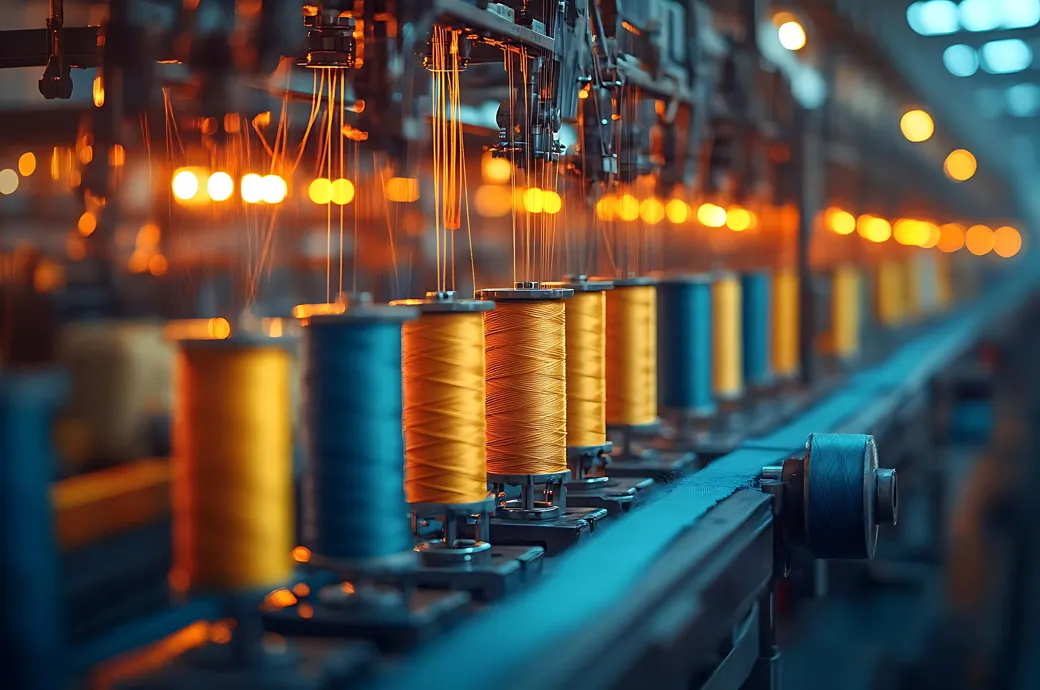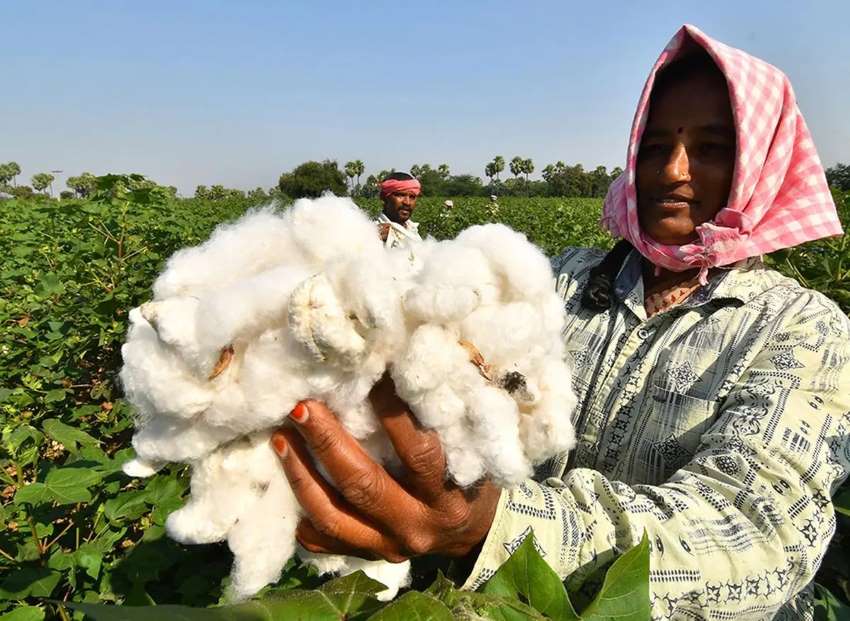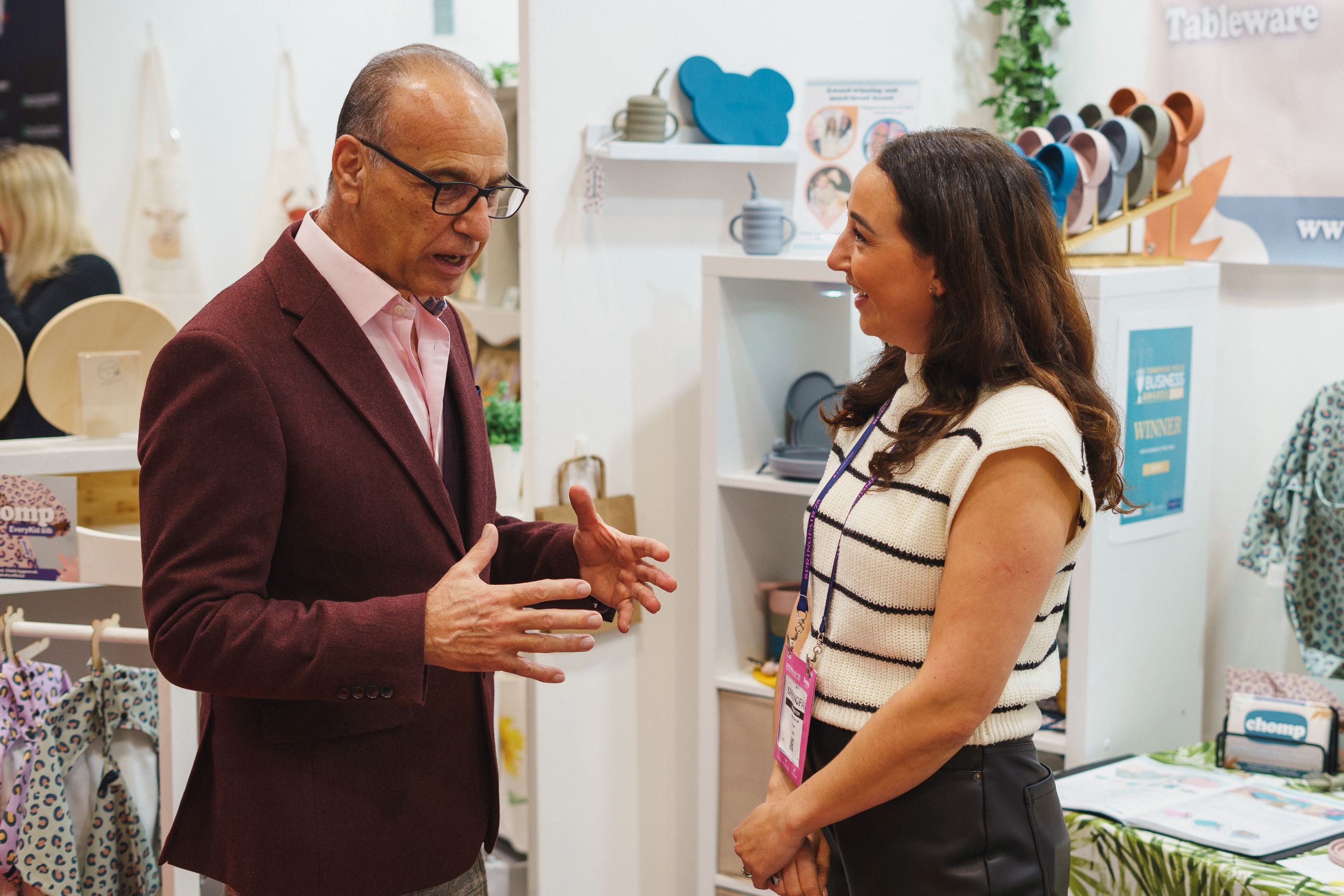
Once celebrated as a textile stronghold bridging East and West, Türkiye’s garment and textile sector now faces numerous crises. From runaway inflation and soaring wages to a depreciating currency and tightening environmental regulations, the very fabric of the country’s textile dominance is under pressure. The once-iconic ‘Made in Türkiye’ label—synonymous with quality, speed, and proximity to Europe—is increasingly at risk, particularly in the mass-market segment, as manufacturers scout for more cost-effective production bases abroad. This reckoning marks more than a cyclical downturn; it highlights a fundamental restructuring of Türkiye’s position in the global textile value chain.
Economic strains fray the edges
At the heart of Türkiye’s textile woes is a potent cocktail of economic instability. Inflation, which exceeded 75 per cent year-on-year in 2024, has battered business confidence and dramatically inflated production costs. While the increase in Türkiye’s minimum wage to 17,002 TRY (about $520) is a welcome boost for workers, it has hit labor-intensive sectors like textiles especially hard. Garments produced in Türkiye are now estimated to be 60 per cent more expensive than those from East Asia, and about 45 per cent costlier than equivalents made in North African countries.
Adding to the strain is the Turkish Lira’s relentless slide, depreciating from 18.6:$1 in 2022 to nearly 40:$1 in 2024. This devaluation may seem advantageous for exporters, but it inflates the cost of imported raw materials and machinery—essentials for Türkiye’s vertically integrated production chains.
Moreover, electricity and logistics costs have nearly doubled. In April 2025, household retail electricity tariffs rose by 25 per cent, with a 10 per cent hike for industrial consumers, directly impacting operating budgets. The outcome? Shrinking margins, falling output, and vanishing jobs. Textile production is currently operating at just 50-60 per cent of normal capacity, and the workforce has contracted by over 300,000 in two years, from 1.25 million in 2022 to under 950,000 in 2024.
Environmental ambitions, a double-edged sword
Compounding the economic pressures is Türkiye’s shift toward a green economy. While commendable for its long-term vision, the government’s stricter environmental regulations—especially for pollution-heavy operations like textile dyeing—have imposed additional burdens on manufacturers.
Factories are now required to invest in cleaner technologies, obtain new environmental permits, and comply with tougher compliance standards. While these steps are necessary for sustainability, they add another layer of cost and operational complexity. Many industry insiders warn that such requirements, if not paired with government support or phased implementation, could accelerate the decline of small and mid-sized textile firms.
Exodus vs. evolution
As domestic conditions tighten, many Turkish manufacturers are actively relocating operations abroad to preserve competitiveness. Bangladesh, Pakistan, and Egypt have all received significant interest, but Uzbekistan has emerged as a breakout star.
What works for Uzbekistan is its proximity to CIS markets as its geographically positioned as a logistics bridge to Russia, Kazakhstan, and Kyrgyzstan. Lower labor cost is another attraction and a substantial cost advantage in wages and overheads. Favorable energy prices and policy support is another plus as the Uzbek government actively promotes textile sector investment, particularly from Turkish firms. Meanwhile, Uzbekistan has achieved 100 per cent conversion of its domestic cotton into yarn, offering a full supply chain in-country. And it has duty-free EU access, unlike many Asian competitors.
The transformation isn’t hypothetical as case studies abound. For example, ModaNova Textiles, a Turkish firm, has partially shifted production to Egypt while retaining design and administrative functions in Türkiye. Similarly, Denim Pro, a renowned denim brand, has opened a new facility in Egypt for cost-effective manufacturing. Entrepreneurs from Istanbul are already establishing warehousing facilities in Uzbekistan, with future plans to begin local production.
Table: Turkish textile industry at a glance
|
Indicator |
2022 Data |
2024 Data (approx.) |
Change/Notes |
|
Inflation (YoY) |
96% |
75% (currently) |
Persistently high, impacting production costs |
|
Minimum Wage (TRY) |
8,506 TRY |
17,002 TRY |
Doubled, increasing labor expenses |
|
TRY:USD Exchange Rate (approx.) |
18.6 TRY:1 USD |
40 TRY:1 USD |
Significant depreciation, imports costly |
|
Textile Workforce |
1.25 million |
< 950,000 |
Over 300,000 jobs lost |
|
Textile & Raw Materials Exports |
$9.5 billion (2024) |
-0.6% decline from 2023 |
Indicative of declining competitiveness |
|
Ready-to-Wear Exports |
$17.9 billion (2024) |
-7% decline from 2023 |
Signals pressure on finished goods sector |
Note: Data for 2024 and 2025 are approximate based on available reports and projections, and some figures may vary slightly across different sources.
Rebranding ‘Made in Türkiye’
While the flight of mass-market production seems inevitable, Türkiye still retains critical strengths. It is unlikely the country can or should compete with low-wage nations on volume. Instead, the opportunity lies in refocusing on high-value, premium textile production. The country’s niches include:
• Luxury & designer apparel: Türkiye’s craftsmanship and design acumen are ideal for short-run, high-margin fashion production.
• Technical & sustainable textiles: Innovations in bio-based fibers, smart textiles, and recycled yarns align with EU mandates and global demand.
• Custom and quick-turnaround manufacturing: Türkiye’s location enables faster deliveries to Europe compared to Asia—an edge for brands focused on agility and reduced inventory risks.
Efforts are already underway. Associations are promoting standards like GOTS (Global Organic Textile Standard) and OEKO-TEX, while companies increasingly adopt waterless dyeing, renewable energy sources, and traceability platforms to attract discerning international buyers.
Reinvention or retreat…
Türkiye’s textile sector stands at a juncture: on one path lies further deindustrialization, with factory closures and lost livelihoods; on the other, an ambitious reinvention into a leaner, greener, more premium manufacturing hub.
The global supply chain is evolving rapidly, rewarding adaptability and specialization. Türkiye’s future in textiles may no longer rest in quantity, but in quality, sustainability, and innovation. With strategic recalibration, the nation can still weave a compelling story for its iconic Made in Türkiye label—one not defined by cost alone, but by craftsmanship, credibility, and conscious manufacturing.











